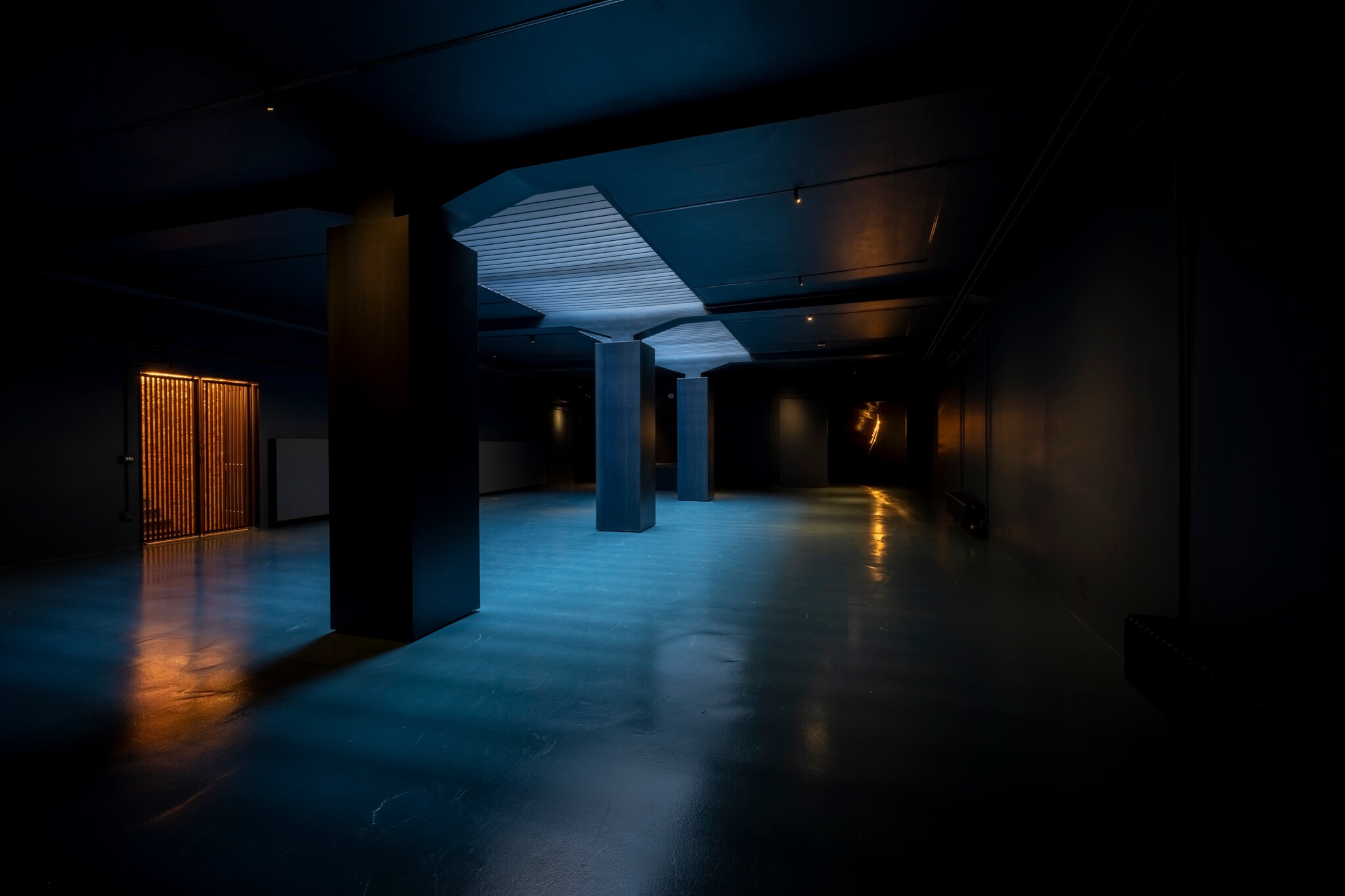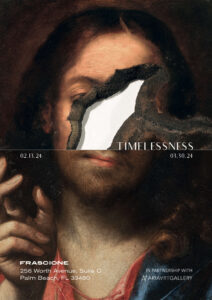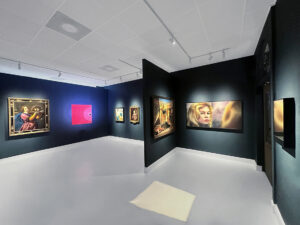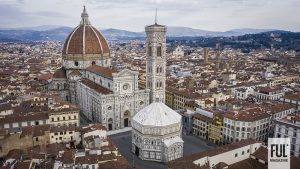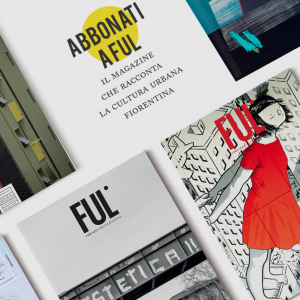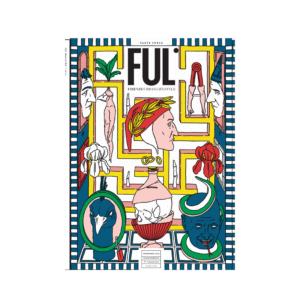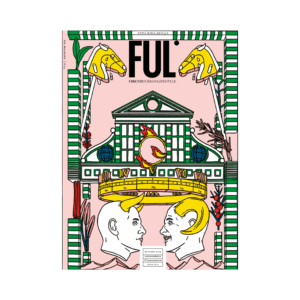An In-depth Exploration of the Art Form Distinguished by its Exceptional Skill and Technique.
Complexity, originality, and experimentation that transcend the boundaries of traditional art forms characterize advanced arts. Among various artistic genres, advanced arts stands out for its exceptional skill and technique. It encompasses a spectrum of artistic periods, from modern to avant-garde, medieval, ancient, and Renaissance art. Detached from any specific historical context, yet widespread and common to almost every age and era, it constitutes a realm of boundless skills and wonders.
Not just an art form: advanced art is above all an approach to art that focuses on technical dedication and the depth of the message it intends to convey. advanced art rests on the very concept and meaning of art: a creative human activity as the manifestation or exaltation of inventive talent and its expressive capacity. Hence the need to restore, in the contemporary debate on art, the primary importance of the artist’s technique and skills.
The earliest manifestations of advanced art can be traced back to ancient civilizations when artists and artisans created highly detailed and realistic works. This trend is evident in the ornamentation of the Göbekli Tepe monoliths, Sumerian art, as well as in Egyptian hieroglyphics and sculptures and the frescoes of Ancient Rome. These unequivocal foundations played a crucial role in the coming and evolution of advanced art.
Recent Trends in Advanced Art.
The advanced arts are distinguished by an innate capacity for adaptation and transformation. Today, they are manifested in contemporary forms through interdisciplinary practices. Technological integration in the advanced arts world has become increasingly widespread, yet this phenomenon does not assume that the encounter between art and technology must necessarily generate advanced art.
The approach of many ‘advanced’ artists is against the contemporary trends related to art ‘produced’ by artificial intelligence. On the contrary, this art, which places technology at the center and is conceived as an expression and not as a product, leaves the artist’s creative freedom to the human being, rather than to computers; however, it does not exclude the infinite possibilities that technology makes available, to amplify the effects of his art or to imagine new worlds.
The themes addressed are also new and related to our time, but at the same time also universal and timeless. Advanced art acts as a means of conveying and developing issues of a profoundly human nature: the search for the self, one’s presence and position in the natural ecosystem and the cosmos, investigations of the invisible levels of reality. Participatory and immersive art projects are born and are multiplying, making art a concrete way of conveying primordial and fundamental messages, but above all stimulating doubts and questions that visitors, after having enjoyed the experience, ask themselves. The aesthetic side is linked to the conceptual side, which, as an integral part of advanced art, catapults the observer into an experience of emancipation and research.
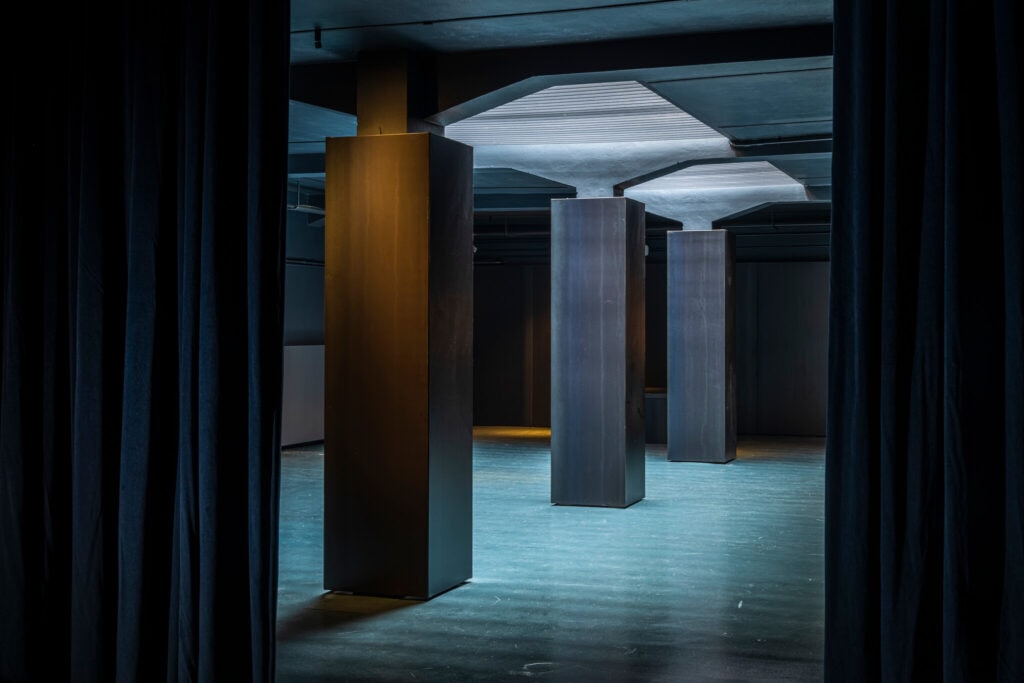
Advanced Art and Inclusion.
Advanced art welcomes themes of diversity. Its inclusive manifestations make the art world a universe where the representation of different cultures, identities and perspectives finally finds expression.
The universality of the messages that advanced art takes on not only allows different cultures, all united by founding principles and values, to be brought together, but also, by its very nature, creates a common ground that welcomes everyone, hence also marginalized communities and places in the world often forgotten by the cultural élite. Inclusive, moreover, is the variety of styles used by advanced art. Advanced art intends to speak a language that resonates the strings of an “anima mundi” common to all beings. Human and sensitive.
From Origins: From the Fertile Crescent to the Renaissance, Up to Today.
Advanced art has a history that spans thousands of years and encompasses different cultures. Its origins can be traced back to the ancient Fertile Crescent – the historical region of the Middle East – with its many examples of an technically complex and enchantingly beautiful art. Other evidence can be found in Ancient Egypt and its highly stylised and symbolic art. The earliest evidence dates back to 5,000 BC and includes sculptures of gods and pharaohs and paintings on tomb walls.
Ancient Greece is distinguished by the realism and attention to detail produced by its art and in particular by sculptures, ceramics and paintings with gods, heroes and ordinary people as their main objects and subjects. Greek influence is perceived in the art of Ancient Rome, a civilisation that was able to express its particular techniques in frescoes and mosaics, created to adorn houses, villas and public buildings. Advanced art underwent great development in the Middle Ages: it was the Catholic Church, with its artistic commissions for churches, cathedrals and monasteries, that gave rise to illuminated manuscripts, stained glass windows, sculptures and frescoes. Expressions that reflect the spirituality of the time.
But it is with the Renaissance that the most important artistic changes take place, in terms of technique. thanks to new systems of linear perspective and use of chiaroscuro, art achieves a new depth on the canvas, which revolutionizes paintings and makes a clear break with the stylised art of the previous period. With the Renaissance of Leon Battista Alberti and Sandro Botticelli, art became a window on the world. Following this idea, current trends in advanced art aim to give a new look at the world through a dedication to technique that takes the great artists of the past as a model. Not only ‘through’ the window, but also ‘into’ it. A metaphorical look at the universe outside and inside us.
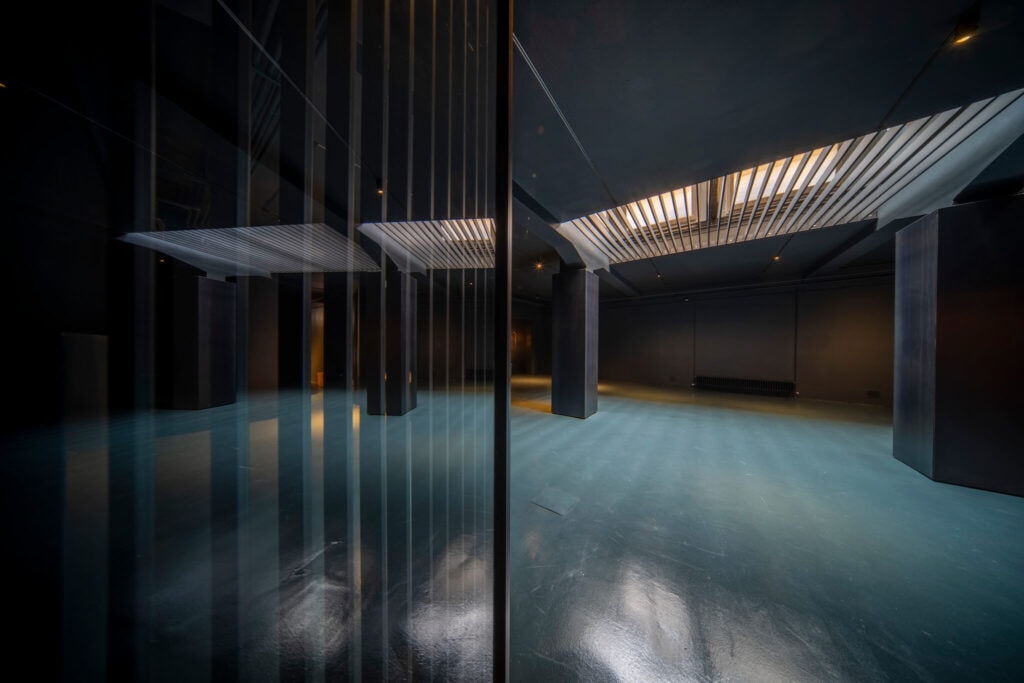
Advanced Art and Its Most Prominent Artists.
While the term “Advanced Art” may not have been associated with the work of past artists, it’s possible to speculate about some names as representatives of it. We remember artistic personalities who constitute the very essence of art. Advanced masters such as the multifaceted Leonardo da Vinci, the multidisciplinary Michelangelo and then Raphael and Caravaggio. The Dutch Rembrandt, Johannes Vermeer, Van Gogh, skilled in the daring use of light and colour. Among the French Impressionists, capable of moving away from traditional artistic forms and towards more subjective and introspective stylistic features, one recalls Monet.
While Spanish artists include Diego Velásquez, Picasso and Salvador Dalí. Founders of innovative and influential arts, crossing boundaries and customs. Advanced art also counts its talents in Asian and Middle Eastern art, not to forget those of the pre-Columbian Americas and Africa. From the East to the West, there are many testimonies of advanced art and the skills of men and women who have, through genius and talent, gifted the world with a message that is profoundly human and at the same time made of a sidereal and ancient code. Belonging to a single universal corpus, where harmony and proportion direct thought.
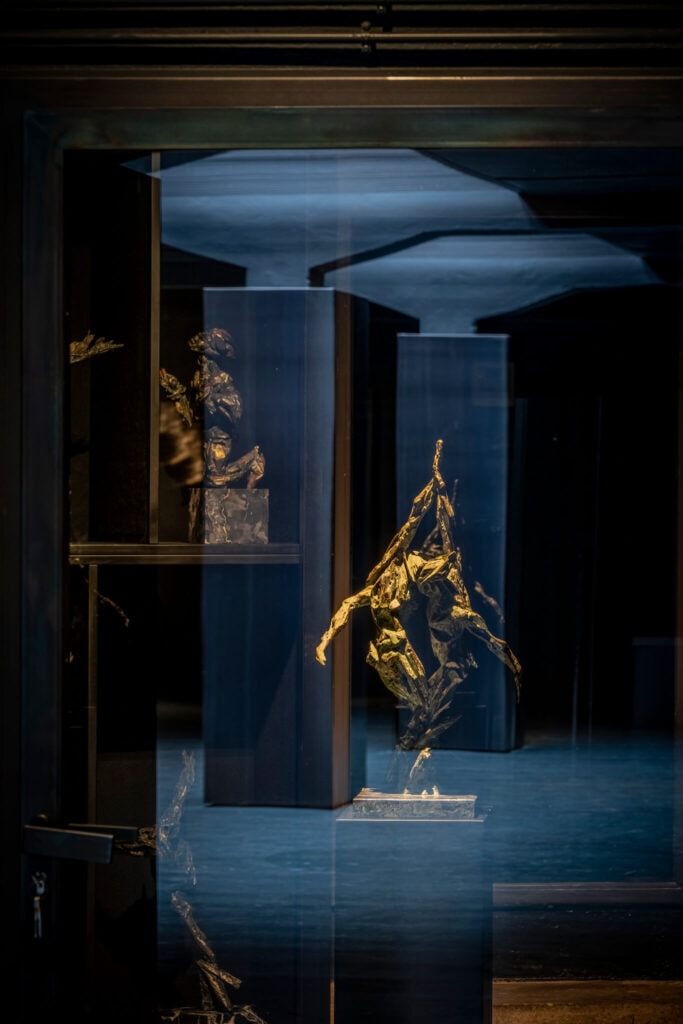
Samantha Keil: the Current Torchbearer of Advanced Art.
British artist and master of bronze, Samantha Keil is a contemporary exponent of Advanced Art. She created Keil Space in Florence, the first space in the world entirely dedicated to Advanced Art and its applications. The city of Florence that hosts it is the ideal location. Samantha Keil possesses the art of Hellenic interdisciplinarity, which makes her the perfect embodiment of a Renaissance personality: this is why she chose Florence, the city of the Renaissance and the capital of art, as her home and as the seat of her studio. The perfect place to develop her creations.
Keil Space is accessible to anyone. To visit the first Advanced Arts dedicated space of the 21st century, you must book an appointment through the website at this link.
The journey through to the works provides a multi-sensory and immersive experience; therefore the visit is exclusively individual.
Photos curtesy of: ©Keil Space Florence

